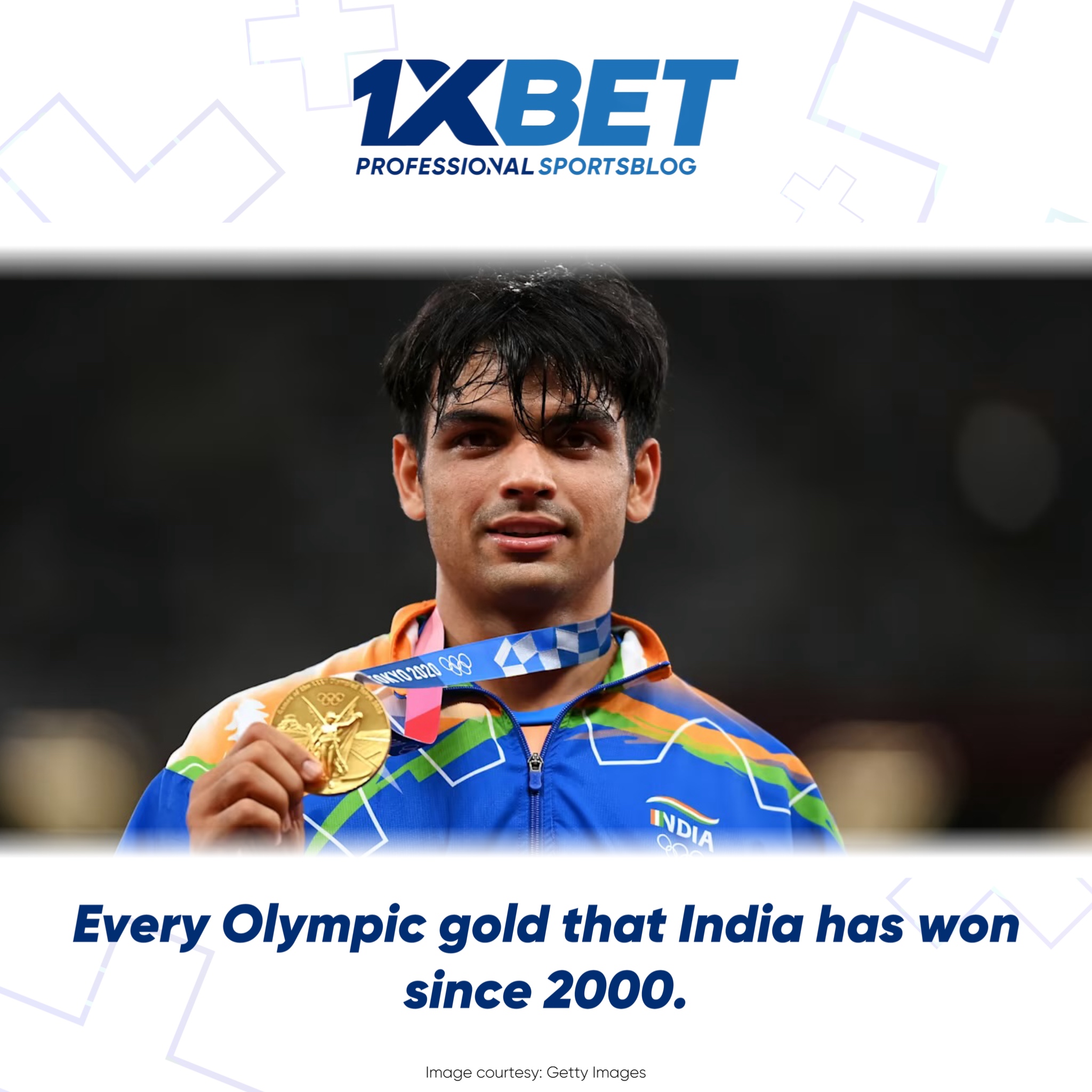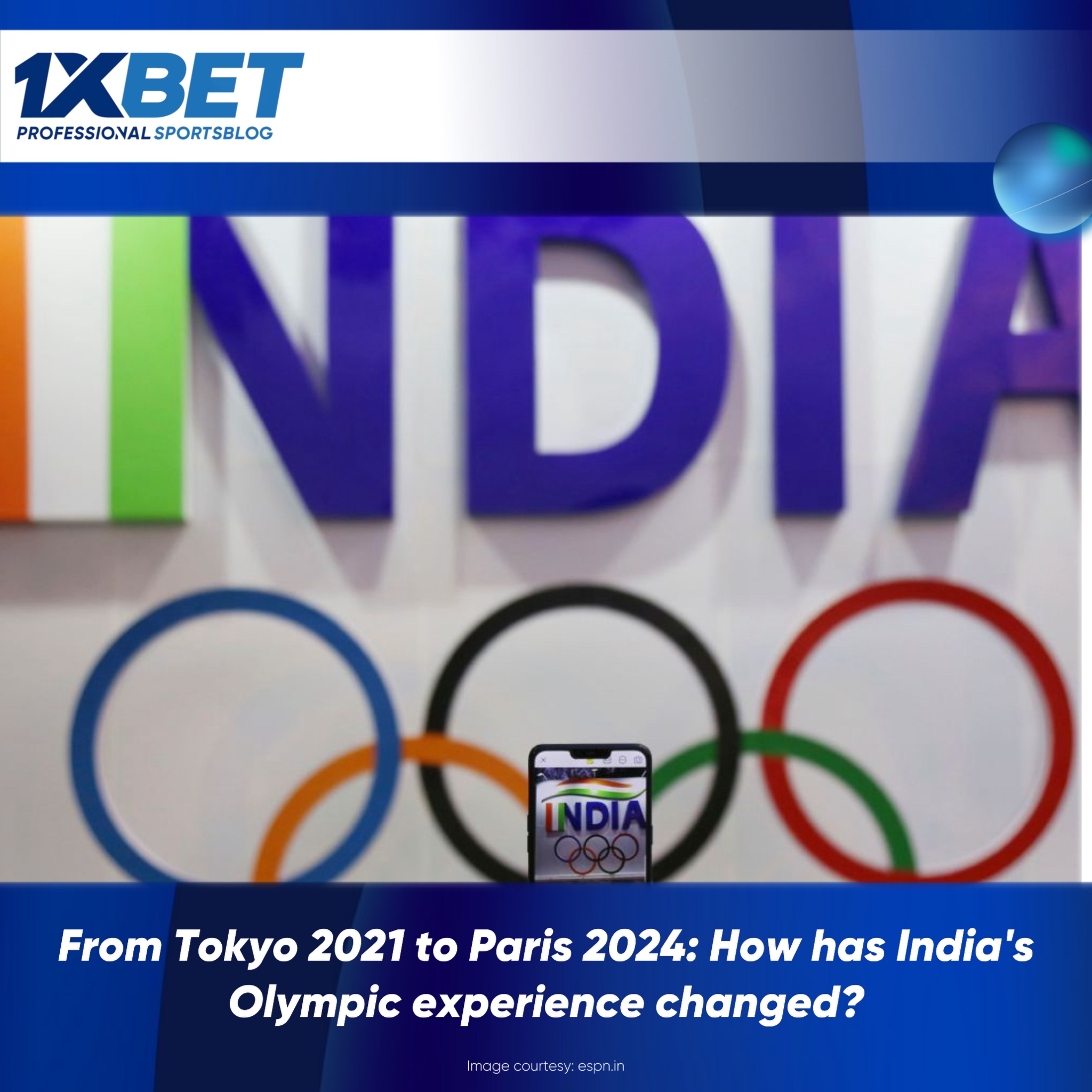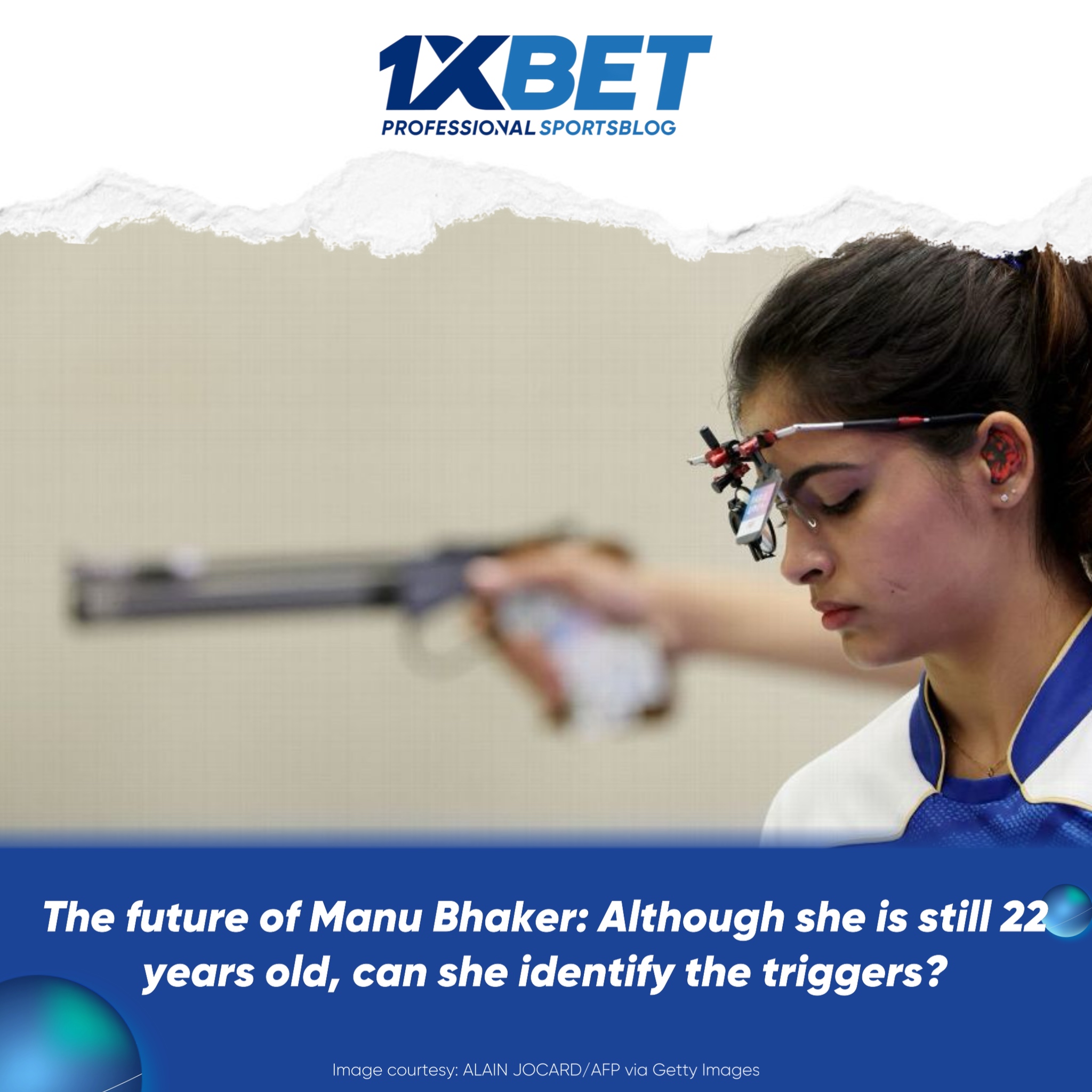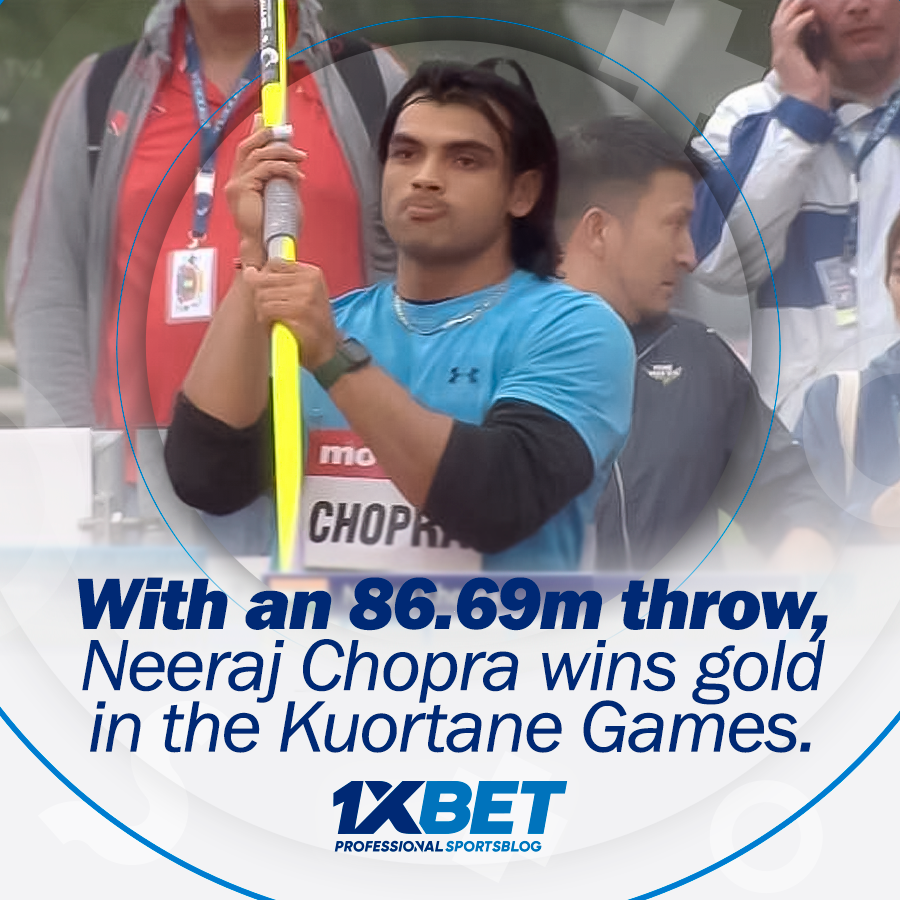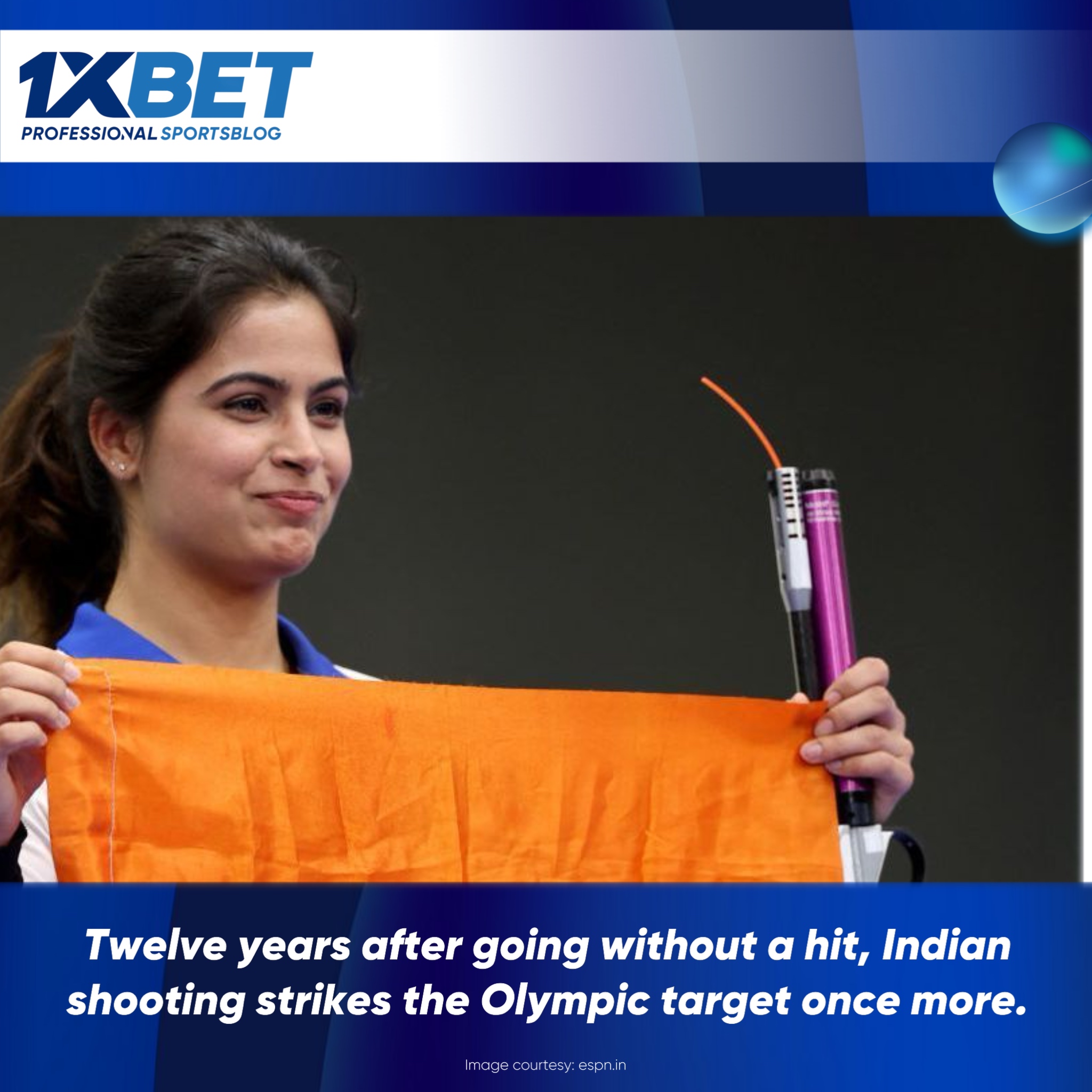Neeraj Chopra's Place Among India's Greatest Olympic Heroes
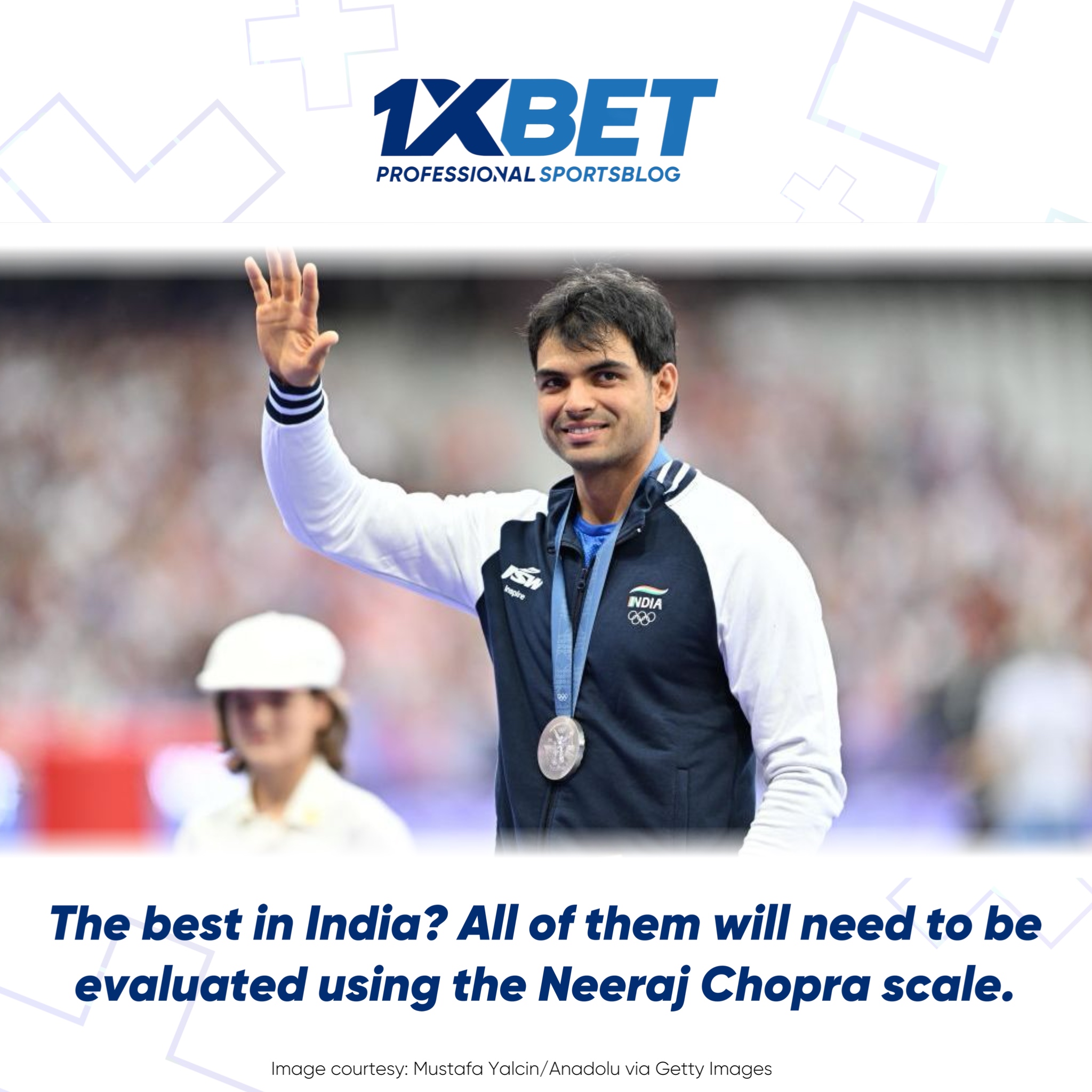
Amid the ending of the Paris Olympics, a key question arises - where does Neeraj Chopra stand in the discussions around the most significant individual athletic achievements by Indian Olympians? Neeraj has become the third Indian to win individual medals at two consecutive Olympics, joining the ranks of wrestler Sushil Kumar and badminton player PV Sindhu. His titles include a much-coveted gold from Tokyo 2020 and a silver from Paris 2024.
However, individual milestones are not the only story of the Olympics. We have also witnessed a historical double medal win in a single game by Manu Bhaker. So what factors into determining the greatest of the great? Is it the prestige of the medal, the order of winning, or the sporting discipline? For instance, do Sushil's achievements as the first Indian with consecutive successes weigh more than Sindhu's record as the first woman to do so?
In the end, single-answer cross-sport "Greatest of All Time" debates often fall short. Time, in its capacity as an elastic fabric, doesn't facilitate straightforward comparisons between the first and the latest triumphs. Consequently, within these adaptive parameters of this Indian sporting universe resides Neeraj Chopra's significance. His continued success has introduced a standard, the Chopra scale, which Indian performances in individual events will now be measured against.
The silver medal from Paris has informed us much about Neeraj. Despite falling short in response to Pakistan's Arshad Nadeem's javelin throw of 92.97m, Neeraj rallied with an applaudable 89.45m throw, an indication of his spirit, competitiveness, and recognition for an opponent's success. His parameters of excellence, consistency, and triumph on the topmost platform are what make the Chopra scale a new benchmark for future Indian Olympians.

